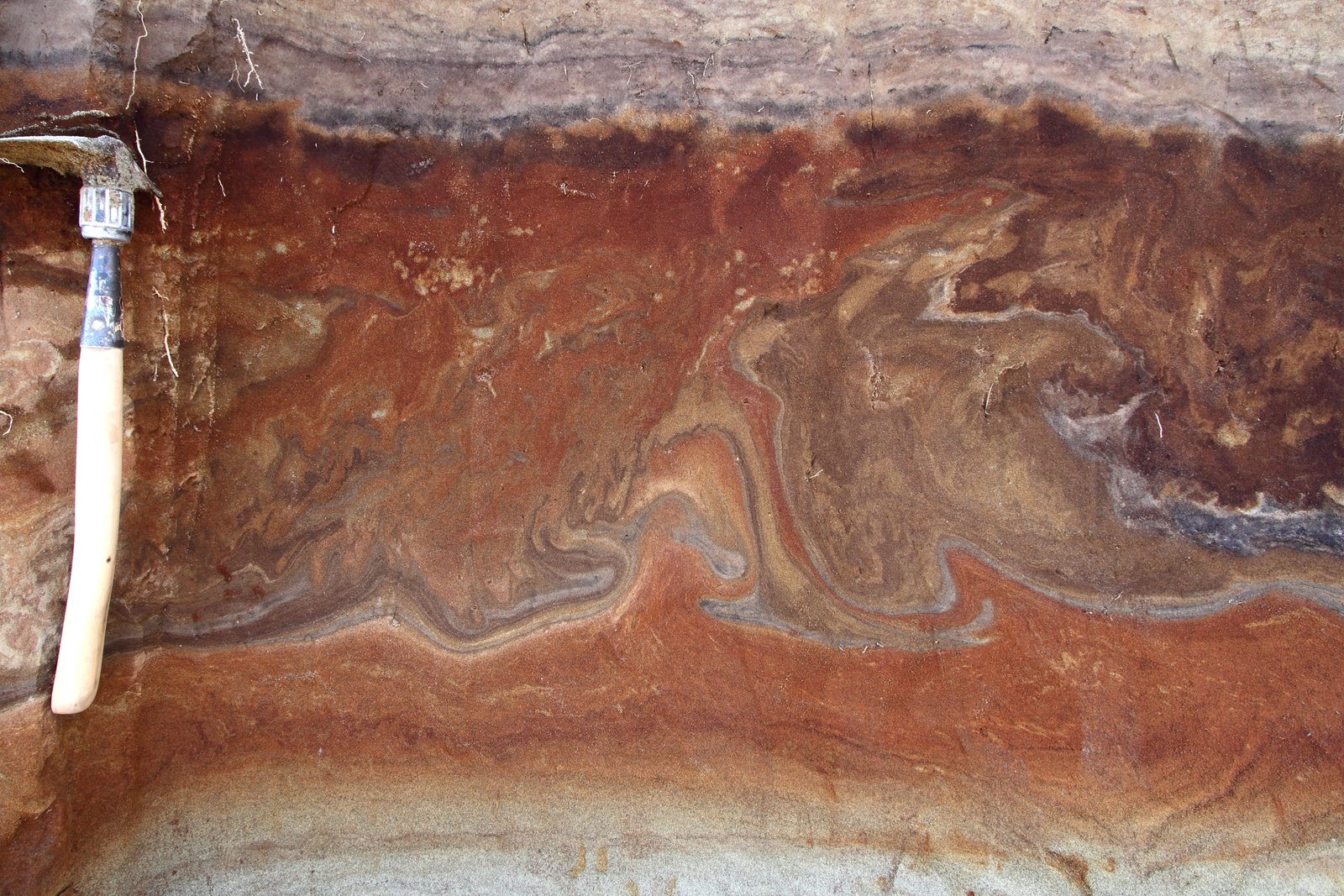So here are the questions:
- Mud boils form in the active zone of this tundra. What is meant by the active zone and what is the inactive zone?
- Boils for people are a skin blemish or infection that disrupt peoples good looks. They could be thought of as a form of pimple How are the mud boils like a human boil?
- Boiling usually involves water changing from liquid to gas. What phase changes does water go through to create these mud boils?
- What are the coordinates for one of the mudboils here and what is the diameter?
Mud boils (AKA frost boils, mud circles, or frost scars) occur in this geographical area in the soil above the permafrost. These soil layers combined with seasonal changes in temperature and the presence of water create the surface features for this cache. This cache will teach you about what to look for on the surface as well as what is happening below the surface to create these features. Humans also use mud boils.
To find a mud boil, you are looking for a circular patch where the there is no surface vegetation. In some spots in the world, they have lichen on them, but those places are mostly slopped here it is mostly flat. In the center there are finer sediments and towards the edge are larger grains. Figure 1 shows someone standing on a nearby mudboil.
 Figure 1. (Figure 62 in original document)
Figure 1. (Figure 62 in original document)
So what is going on underneath the surface? Geologists use the big word cryoturbation meaning frost churning to describe the phenomenon. At the simplest level, repeated frost heaving pushes material to the top and then melting to release the material, and gravity to draw it back down. Figure 2 shows the motion of material in the boil. Figure 3 shows an example of cryorturbation at work. This only occurs only occurs in the active layer which is the soil above the permafrost that melts in the summer months.
 Figure 2. Material movement in a mud boil.
Figure 2. Material movement in a mud boil.
 Fig 3. - Cross section of cryoturbation.
Fig 3. - Cross section of cryoturbation.
So besides creating Earthcaches to help people understand our world, people use mudboils commercially. Geologists take advantage of this churning action to help undersand what is underneath the ground. Companies commercially prospect with this technique.
Hopefully you have learned something about these phenomenon. Enjoy your time here in Kugluktuk.
References:
Geochemical Exploration 1982 edited by G.R. Parslow PP 26-27
Geological Survey of Canada Miscellaneous Report 69 Where the River Meets the Sea: Geology and landforms of the lower Coppermin River valley and Kugluktuk, Nunavut. Dredge, LA 2001 Available from the Kugluktuk High School website
Wikipedia: Frost boil